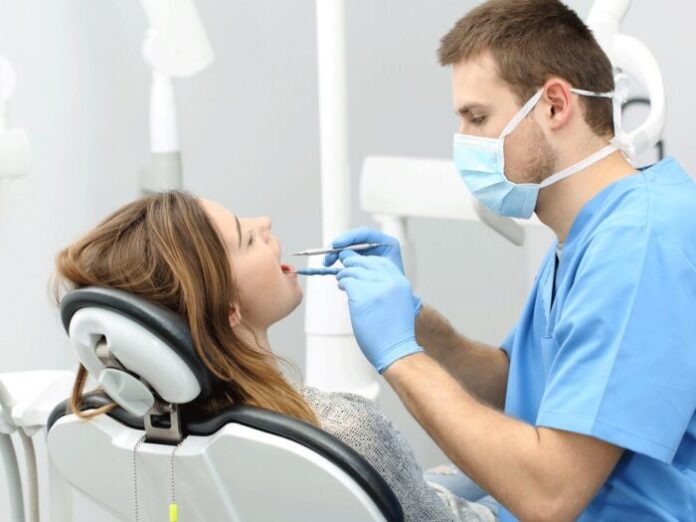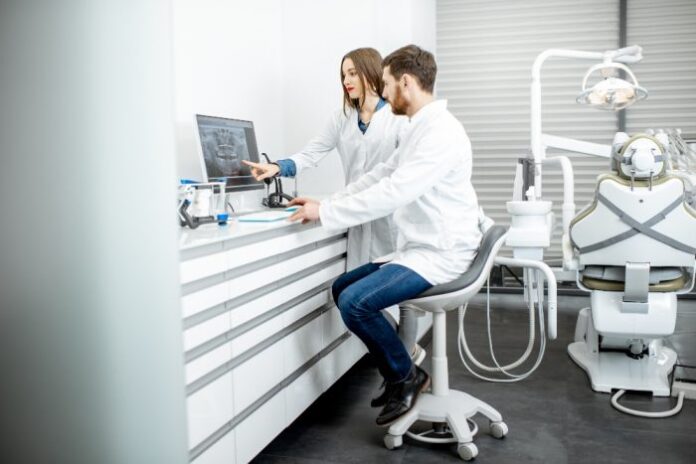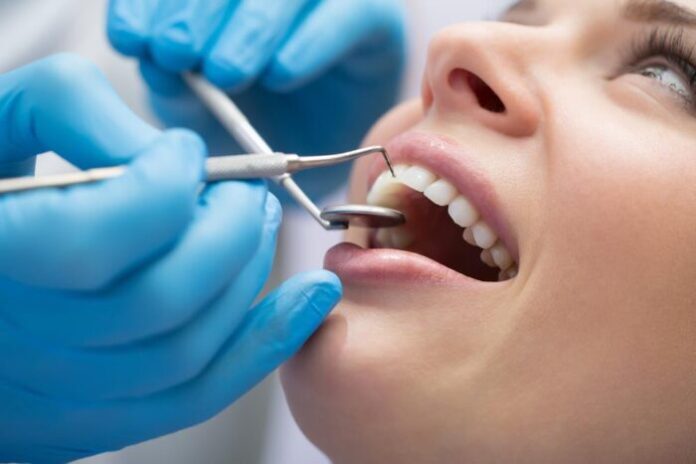Wisdom teeth, often referred to as the third molars, are the last set of molars that typically emerge between the ages of 17 and 25. Not everyone is lucky enough to have them grow in perfectly.
For many, these teeth can become impacted, meaning they don’t have enough room to grow properly. This can lead to pain, infection, and other dental issues. In such cases, extraction becomes necessary. But here’s the good news: with the leaps and bounds in dental technology and pain management, getting your wisdom teeth removed is now more comfortable than ever!
Modern Techniques for Painless Wisdom Teeth Extraction

Importance of Anesthesia: Anesthesia plays a pivotal role in ensuring a pain-free extraction experience. Depending on the complexity of the extraction and the patient’s comfort level, there are several options available:
- Local Anesthesia: This involves one or more injections near the extraction site. While you’ll be awake, you’ll only feel some pressure, but no pain.
- Sedation Anesthesia: Administered through an intravenous (IV) line, this suppresses your consciousness during the procedure. You won’t feel pain and will have limited memory of the procedure.
- General Anesthesia: In specific situations, this might be offered. It results in a loss of consciousness, ensuring you feel no pain and have no memory of the procedure.
- Advances in Pain Management: The phrase Wisdom teeth extraction often brings a sense of dread, but the use of long-lasting anesthetics and anti-inflammatory medications has revolutionized the experience. These advancements ensure minimal discomfort during and after the procedure.
Pro Tip: Always discuss with your dentist or oral surgeon about the best anesthesia option for you. It’s essential to consider both your comfort and the complexity of the extraction.
Preparing for a Smooth Extraction Experience

Consultation with the Oral Surgeon: Before the procedure, it’s crucial to have a detailed discussion with your oral surgeon. This is the time to understand the procedure, express any concerns, and get answers to all your questions.
- Pre-operative Instructions: Your dentist will provide specific guidelines to follow before the surgery. These might include fasting, medication guidelines, and the importance of arranging transportation post-surgery (especially if you’re undergoing sedation or general anesthesia).
- Support System: It’s always a good idea to have someone you trust accompany you. Not only can they provide emotional support, but they can also help with post-procedure logistics like driving you home.
Fun Fact: While the idea of fasting might sound daunting, it’s a safety measure to prevent any complications during anesthesia.
Day of the Procedure: Step-by-Step

Welcoming Atmosphere: A friendly dental staff can make all the difference. Their comforting presence can help alleviate any pre-procedure jitters.
- Anesthesia Administration: As discussed during the consultation, the chosen method of anesthesia will be administered. The dental team will ensure you’re comfortable and pain-free throughout the procedure.
- Minimally Invasive Techniques: Modern dental procedures prioritize the patient’s comfort. This means making small incisions and using gentle extraction methods to minimize discomfort and speed up recovery.
- Procedure Duration: With advancements in dental technology, the extraction process has become quicker and more efficient. While the exact time can vary, rest assured that the procedure is much swifter than in the past.
Pro Tip: Remember to focus on your breathing during the procedure. It can help calm nerves and ensure a smoother experience.
The Bachelor: Your Post-Extraction Buddy

The Ice Therapy Advantage: After the extraction, one of the best ways to minimize swelling and discomfort is by using cold packs. Applying them to the affected area in intervals can provide significant relief.
- Ensuring Hydration: After the procedure, it’s essential to stay hydrated. Drinking water aids in the healing process. However, avoid using straws for the first week post-surgery, as the sucking action can dislodge the blood clot formed in the extraction site.
- Nourishing Soft Foods: In the days following the extraction, it’s best to stick to soft foods. Think yogurt, mashed potatoes, and smoothies. These foods are not only gentle on the extraction site but also provide the necessary nutrients for a speedy recovery.
- Over-the-counter Pain Relief: While your oral surgeon might prescribe pain medication, over-the-counter pain relievers can also be effective. Always consult with your dentist or oral surgeon before taking any medication.
Fun Fact: Did you know pineapple contains bromelain, an enzyme that can help reduce swelling? Consider adding some to your post-surgery smoothies!
Healing and Recovery
- Managing Discomfort: Post-surgery discomfort is natural. Following your dentist’s instructions on taking prescribed medications can help manage this. Remember, the discomfort is temporary and a sign that your body is healing.
- Oral Hygiene: Maintaining cleanliness is crucial. After the first 24 hours, gently rinse your mouth with warm salt water every two hours and after meals for a week. This helps in keeping the extraction site clean and free from infections.
- Follow-up Care: Always attend post-operative appointments. These check-ups allow your dentist to monitor the healing process and provide guidance, ensuring everything is on track.
Pro Tip: Avoid vigorous rinsing and spitting in the first 24 hours post-surgery to protect the blood clot.
Returning to Normalcy

- Gradual Healing Process: Recovery is a step-by-step journey. While swelling and discomfort will reduce in the first few days, it’s essential to be patient and allow your body the time it needs to heal fully.
- Resuming Regular Diet: As the extraction site heals, you can gradually reintroduce harder foods into your diet. Celebrate these small milestones as you get closer to enjoying your favorite meals again!
- Celebrating Progress: Reflect on your journey towards achieving pain-free oral health. It’s a significant step towards ensuring your overall well-being.
Fun Fact: The term “wisdom teeth” comes from the age at which they typically appear, a time when a person matures into adulthood and is “wiser.”
Wrapping Up
The journey of wisdom teeth extraction, with all its modern advancements, is now more comfortable than ever. For anyone considering the procedure, remember to focus on the positive strides dentistry has made. With proper care, guidance, and a touch of patience, you’ll be back to your regular self in no time!









